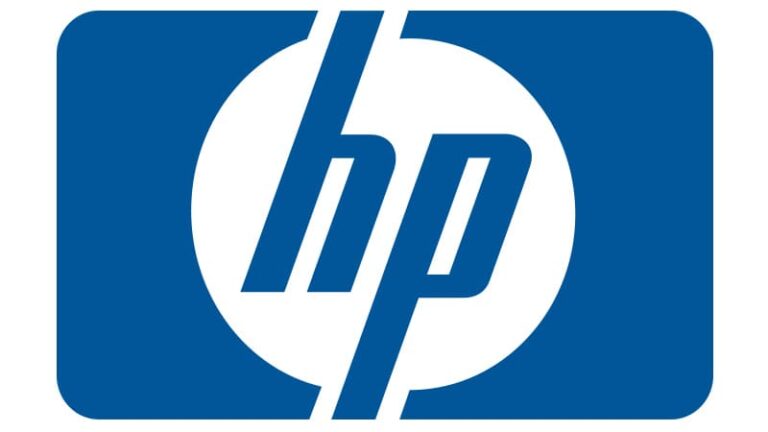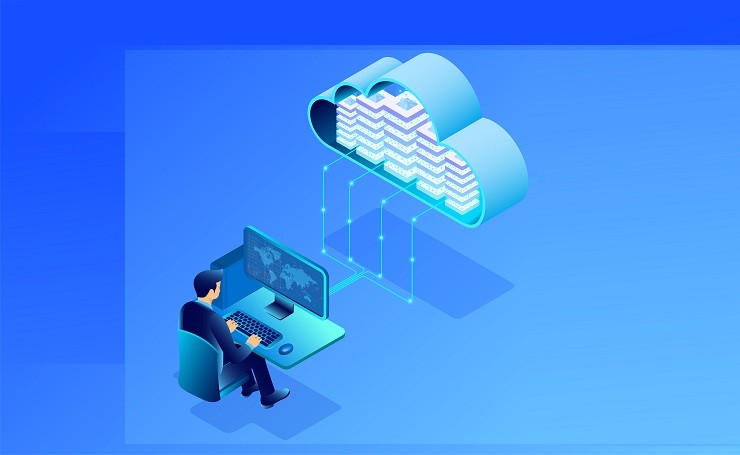Choosing a Top Anything requires a bit of dart throwing and calculated guesswork, but here are our editors’ picks for the storage technologies that generated the most end-user interest – and vendor hype – in 2009. And we’re guessing that the lineup won’t change much in 2010 as many of these technologies make their way from the inchoate stages to widespread end-user adoption. We also included our top picks of InfoStor articles on the technologies.
Cloud Storage
Cloud-based storage, which can be tightly coupled to cloud computing, promises to revolutionize the data center by simplifying storage management and reducing overall operating costs – whether it’s an internal or external (hosted services) model. These articles delve into the benefits that end users can gain, and the challenges that still exist, with cloud computing/storage. And if the sheer volume of press releases and startups were our only barometer, this one would get the #1 ranking.
How real is cloud computing/storage?
Cloud storage opportunities and challenges
Replication and cloud computing are inseparable
Use cases make the case for cloud storage
SNIA attempts to clear up cloud confusion
Data Deduplication and Storage Optimization
Storage optimization (or data reduction) technologies such as data deduplication and compression can significantly reduce capacity requirements and costs. These articles explain the various approaches to storage optimization – both for secondary and primary storage – and provide guidelines for storage professionals to use in evaluating and implementing the technology.
Data deduplication: When, why, where and how?
The role of deduplication in disaster recovery
Consider data reduction for primary storage
Understanding data deduplication ratios
Solid-State Disk (SSD) Drives
SSD drives can provide orders of magnitude better performance than traditional hard disk drives (HDDs), and virtually every major disk array vendor is offering SSDs in their storage systems. These articles delve into the technologies and tradeoffs associated with enterprise-class SSDs to give end users and systems/storage integrators advice on how to capitalize on the benefits of solid-state technology.
Where do SSDs fit: Servers or arrays?
SSDs require new array architectures
Sorting out SSD strengths and weaknesses
SSDs vs. HDDs: Ten considerations
Fibre Channel over Ethernet (FCoE)
Converged networks (Ethernet and Fibre Channel) are the future for IT data centers, enabling better virtualization, cost savings, and simplified infrastructure and management. The following articles provide an in-depth look at the technology and business benefits of the emerging FCoE standard, and provide guidance on how (and when) data center managers should deploy FCoE.
The shift to FCoE is underway
Is FCoE the future of data center networks?
The great convergence: FCoE and Enhanced Ethernet
FCIA makes the case for FCoE
Virtual Servers and Storage
Virtualization is the hottest trend in IT, but virtualizing servers can create problems on the storage side of the equation. These articles examine those challenges and provide solutions that will enable users to maximize the performance and efficiencies in their virtual server infrastructure.
I/O virtualization’s a sweet spot for 10GbE
iSCSI cuts costs in virtual environments
SAN management for virtual servers
What is virtual infrastructure optimization?






